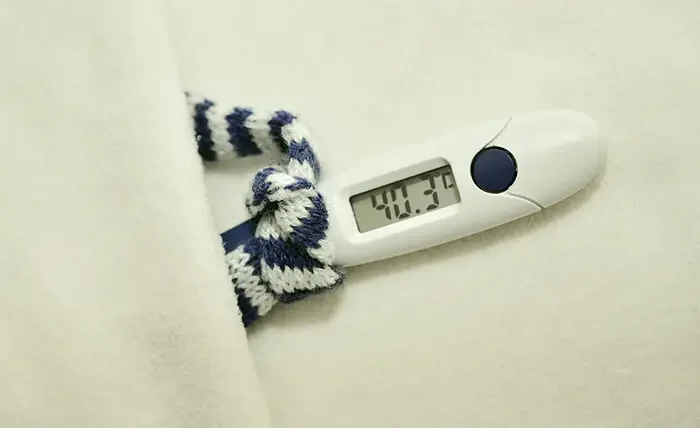Many doctors chalk up a variety of symptoms as stress or anxiety, especially at first glance.
Dissatisfied patients are referred to specialists, but for the most part, doctors stick to common diagnoses as opposed to uncommon ones.
Unfortunately, in some cases, this can take lives.
Simon Willians, 42, went to a doctor and complained of dizziness and breath shortness.
He was given a diagnosis of anxiety and low blood pressure and asked to come back the next day.
But he never made it for his morning appointment. He collapsed in the home of his parents and sadly passed away as he was taken to the hospital due to a deadly blood clot.
His parents were horrified and beyond shocked that a doctor hadn’t been able to correctly diagnose him, so an inquest into the incidents was launched.

Lloyd Evans was the doctor who had seen Willians, and he said he felt that there was something out of the ordinary occurring.
He had asked the hospital to admit him, but it was very busy there on the day and a referral would have been preferred.
Although he wanted to have him looked at more closely that day, it didn’t seem possible, so he compromised.
Mark Lord, the pathologist who examined Willians’ body, said that there were clear signs of clotting that had, somehow, been missed by the doctors and nurses examining him.
Willians’ right calf was experiencing something called deep vein thrombosis, which would have caused visible swelling.
If it had been noticed or diagnosed, an anticoagulant treatment could have easily saved his life.
Concerned about a potential blood clot?
Learning how to identify it is key. You are most at risk if you have been unmoving for prolonged periods.
Here are some signs and symptoms of a blood clot that mean you should see a doctor immediately.
1. Lower body pain

You will likely feel some pain in your foot or leg when you have a blood clot.
If walking around for a short while or raising up your legs does not help alleviate the pain, speak to a doctor.
2. Bulges in the veins

Blood clots place a lot of pressure on the veins, which results in bulging.
You will likely notice this from the outside. Veins may even rupture, to which you’ll spot bruising around the area.
3. Fever

The body’s natural way of fighting unwanted things is by raising the temperature.
If a blood clot enters your bloodstream, you will likely experience a fever, typically with shivering and sweating.
4. Discoloration of the skin

A blood clot in your leg will cause the area to begin to redden. Other areas further down may become paler, and they may feel cold when you touch them.
This is a sign that a clot is preventing blood from flowing to these areas properly.
5. Dizziness and breathing difficulty

These are the symptoms that were experienced by Willians.
On their own, there can be countless causes for them – but if you feel that with the other symptoms on this list, it may be a clotting symptom.
If you notice any of these signs, speak to a doctor – and don’t be afraid to ask for an immediate referral!
